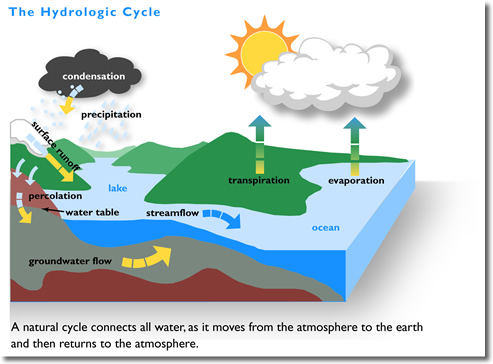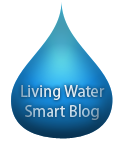The Ministry of Environment led the development of Living Water Smart while collaborating accross government. Eleven government ministries are helping to implement the plan. These include Healthy Living and Sport, Community Development, Agriculture and Lands, Energy, Mines and Petroleum Resources, Forests and Range, Housing and Social Development, Finance, Environment and Aboriginal Relations and Reconciliation (other ministries are supporting including Education, Transportation, Public Safety and Solicitor General). First Nations, Industry groups, local and federal government, non-governmental organizations and communities all have important roles to play in achieving water stewardship.




